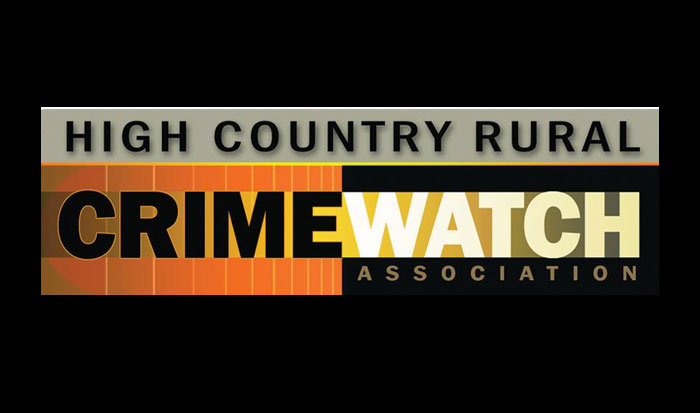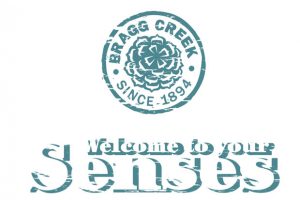Fish and Wildlife Officers
I recently had the opportunity to meet with a Fish and Wildlife officer for our area. The information I received along with investigation of various Alberta government websites identifies some important aspects of Fish and Wildlife enforcement that you should know about.
Fish and Wildlife officers are members of the Alberta Sheriffs Branch and have specific provincial and federal appointments charging them with the investigation and enforcement of fisheries and wildlife laws. Fish and Wildlife officers are appointed as fishery officers under the Fisheries (Alberta) Act, but actually receive their authorization as fisheries officers under the federal Fisheries Act. In addition, they are Alberta peace officers appointed for all provincial and federal legislation to enable effective delivery of conservation law enforcement programs.
Subsequently, one of the core duties of Fish and Wildlife officers is to enforce wildlife laws, manage human-wildlife conflicts, and public education.
For example, if you believe a predator has killed one of your livestock, Fish and Wildlife are who you want to call. Fish and Wildlife officers investigate numerous predator kills a year and submit cases for market value compensation
When you are aware that livestock in your care have been killed or injured, it is imperative to notify them as soon as possible as other wildlife such as scavengers will be on the kill quickly and they may make it difficult to determine whether the livestock was killed by wildlife or if it died of natural causes.
Alberta has a Wildlife Predator Compensation program where you can receive compensation for livestock killed or injured by wildlife. For more information on how the program works you can do a search for the program online. It should be noted that only cattle, bison, sheep, swine and goats are eligible for compensation. Loss of horses, donkeys, and exotic animals such as llamas and alpacas are not covered. Secondly only attacks by wolves, grizzlies, black bears, cougars and eagles qualify.
Fish and Wildlife have stated that Foothills County and adjacent areas have a very high cougar population. Their primary prey is deer. When it comes to livestock their primary targets are sheep and goats. If you are interested in cougars, I highly recommend a very interesting and informative 2019 report done by the Government of Alberta titled “Human-People Existence in the South Saskatchewan Region”. You can do an internet search and find it easily. It is an easy read of about 25 pages and has some good maps and charts detailing cougar behaviour in our area.
You may be interested to know that the report includes this significant fact: “There has been one human fatality due to a cougar attack in Alberta. In 2001, a woman was killed while cross-country skiing in Banff National Park. Cougars do not typically see humans as prey.”
Some other good news is that no wild boars have shown up in Foothills County as of yet. Control of wild boar falls under the administration of Alberta Agriculture (as do other invasive species).
Hunting season has started. Landowners and others using crown lands may encounter people out hunting. Alberta Fish and Wildlife officers’ enforcement scope is wildlife-specific laws (hunting, fishing and trapping). In Foothills County the biggest issues are the discharge of firearms from a road, and hunting at night. Fish and Wildlife will use robotic animals as decoys to help catch unlawful hunters.
Alberta also has Conservation officers whose focus is on Alberta Parks and protected areas. Alberta Fish and Wildlife is the lead investigative body for wildlife and fisheries investigations for wildlife problems and wildlife mitigation on private and public lands. An area such as Kananaskis is comprised of both crown land and protected areas and you will find both agencies present. For the purposes of wildlife and fisheries enforcement and dangerous wildlife, Fish and Wildlife is the lead agency. Conservation officers are the lead agency within the provincial parks, protected areas, and public land use access.
There is the Report a Poacher line where you can call 1-800-642-3800 to report suspicious hunting and fishing activity, as well as wildlife emergencies such as a bear encounter. You can file a report online if you prefer. You can also remain anonymous if you wish. It is possible to receive a reward for reporting suspicious activity. I know of an illegal fishing instance that was reported by a concerned citizen, and they did receive a $300 reward. Fish and Wildlife officers can’t be everywhere in our broad and often remote area, so your help is greatly appreciated and encouraged in protecting our wildlife and natural environments.
Dave Schroeder
HCRCWA Board Member


























